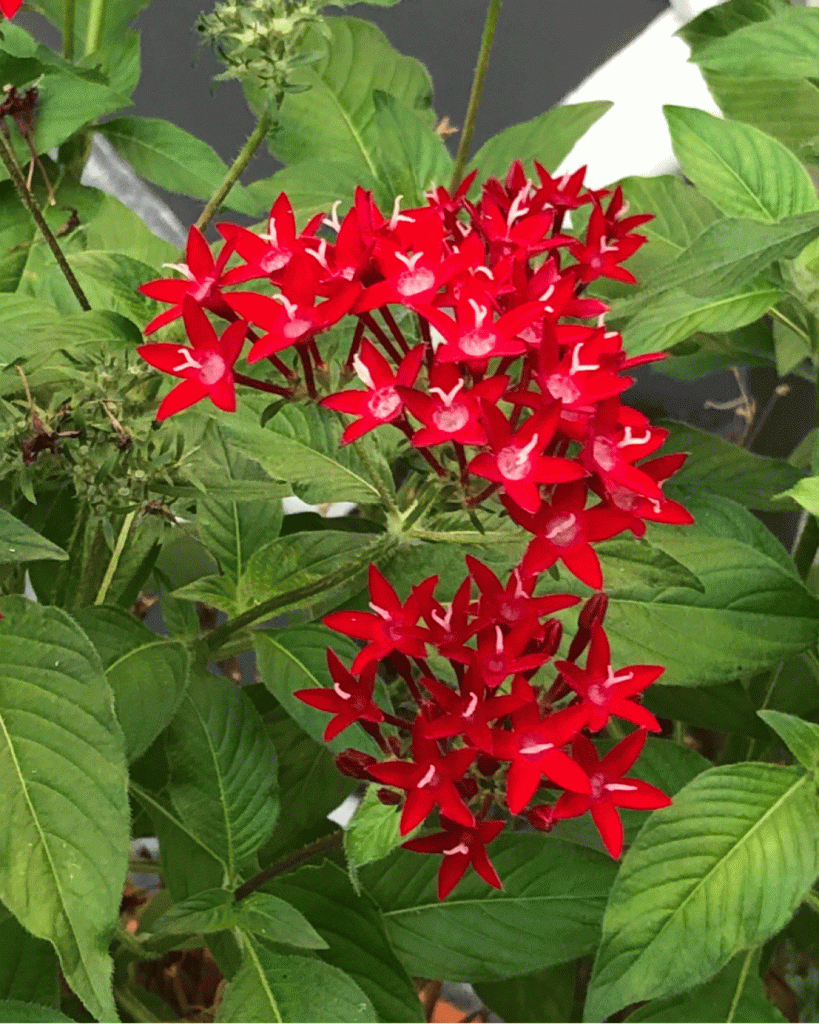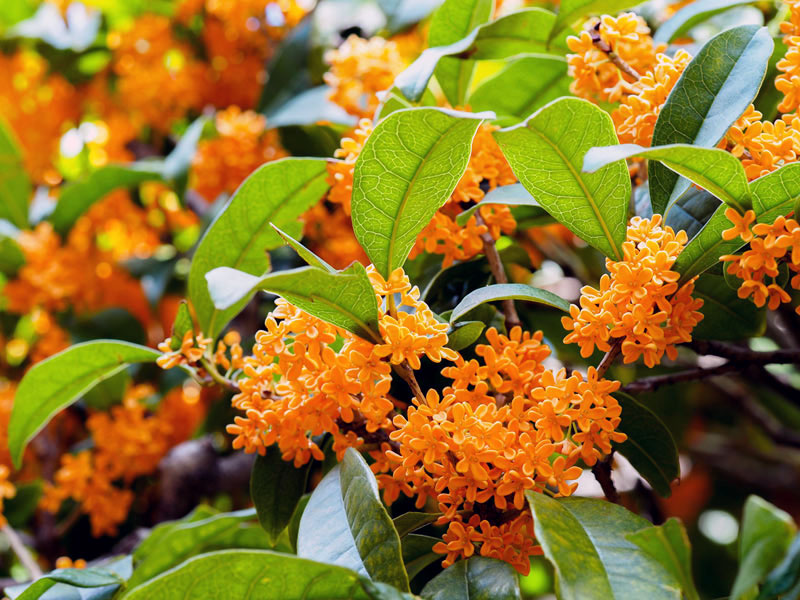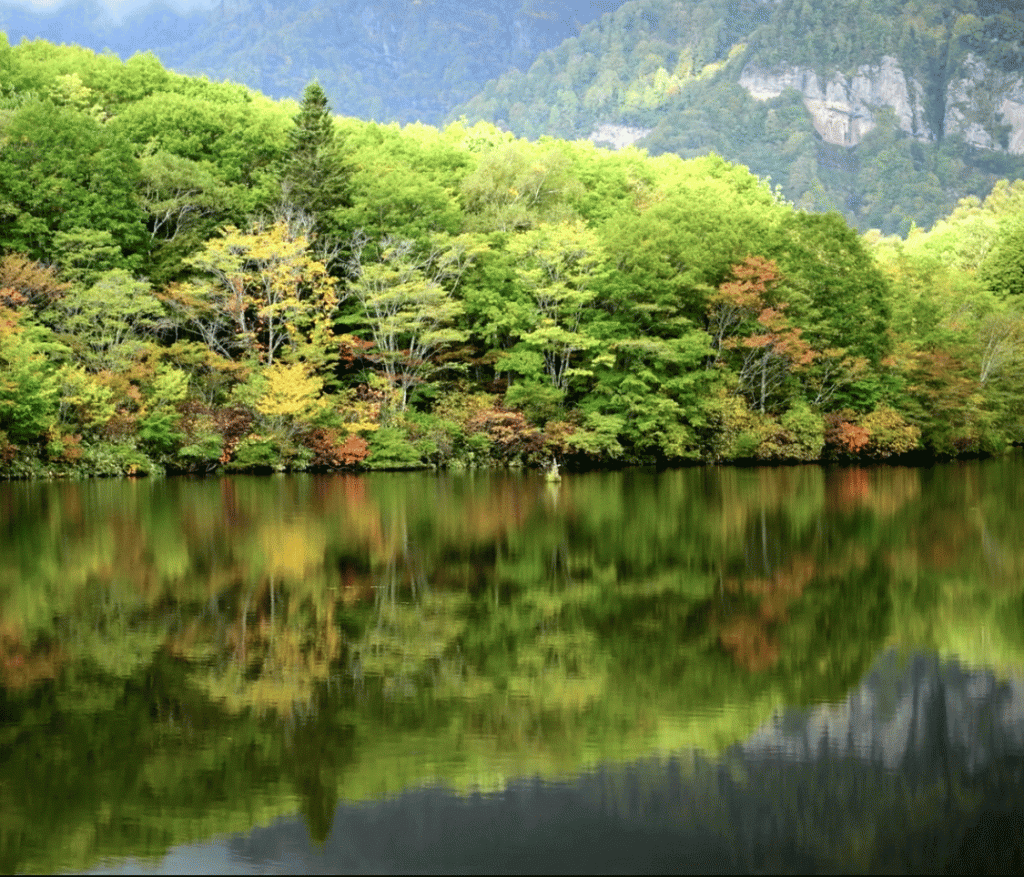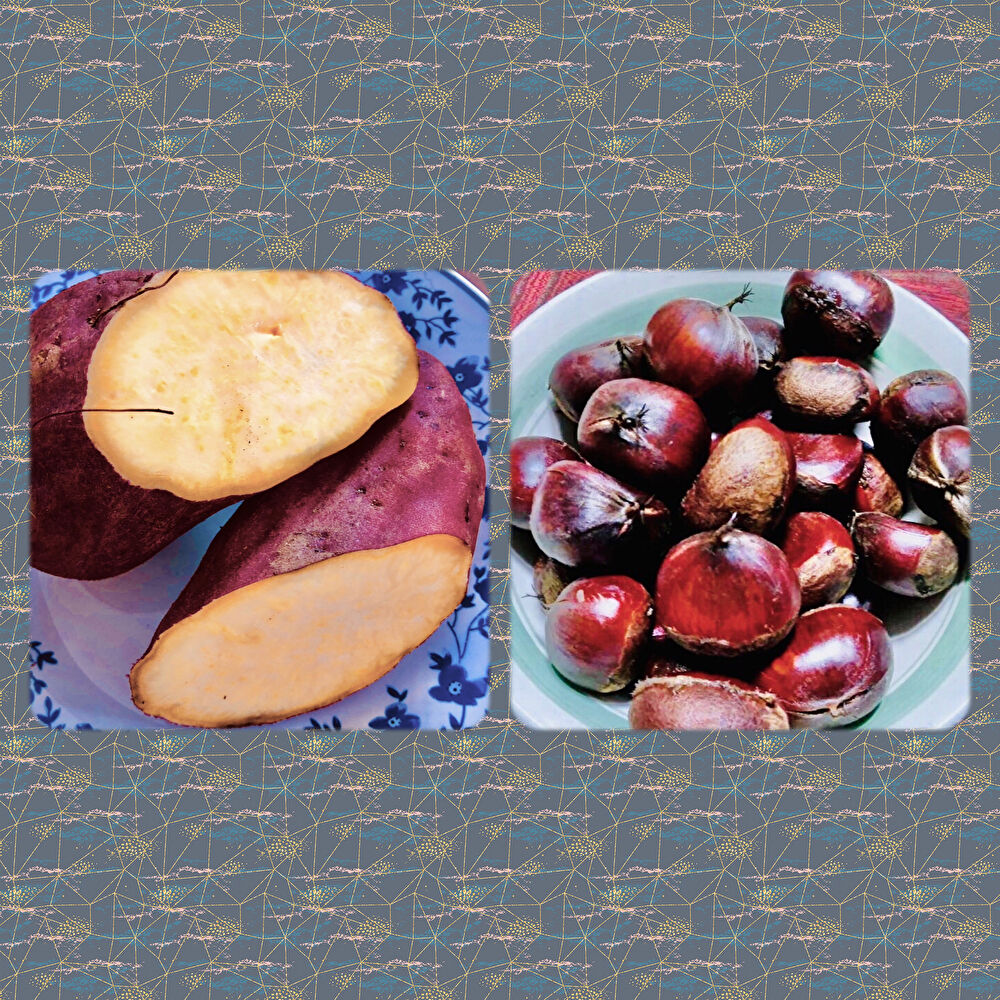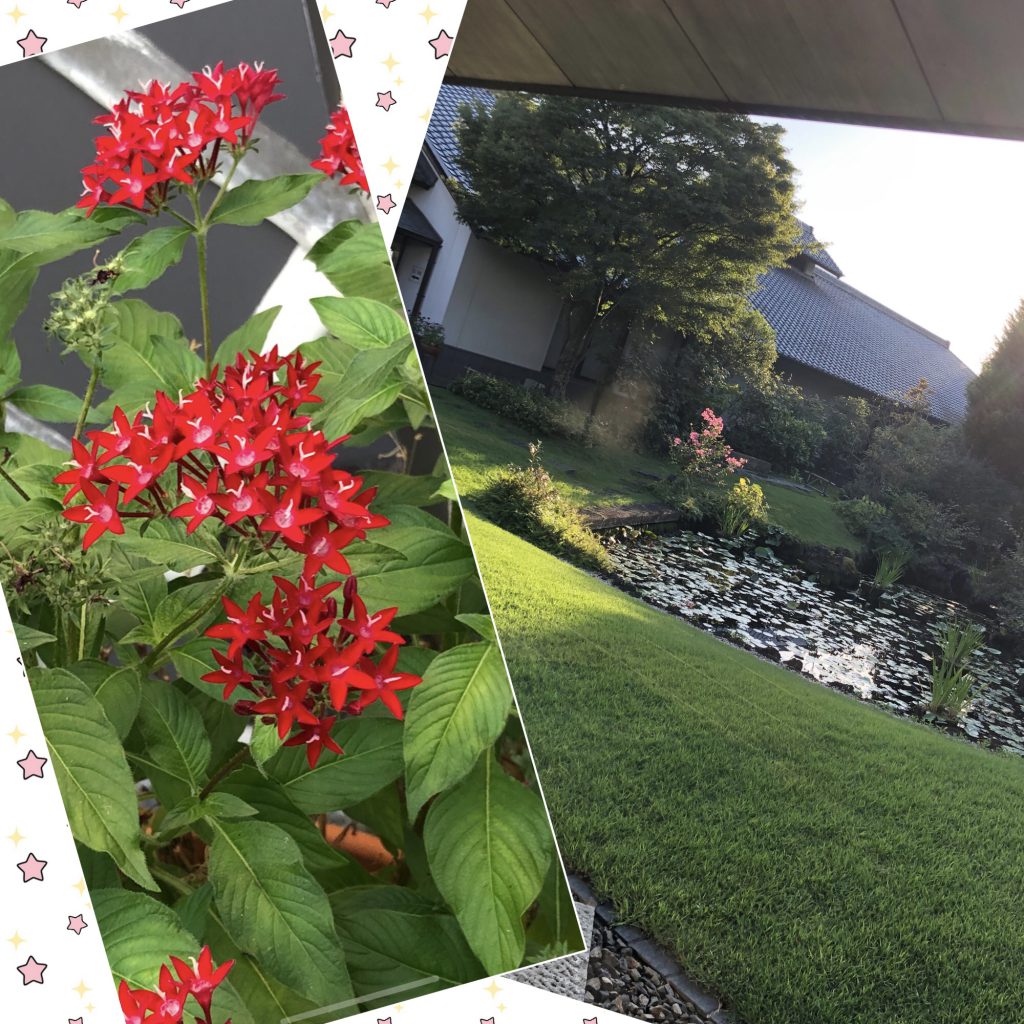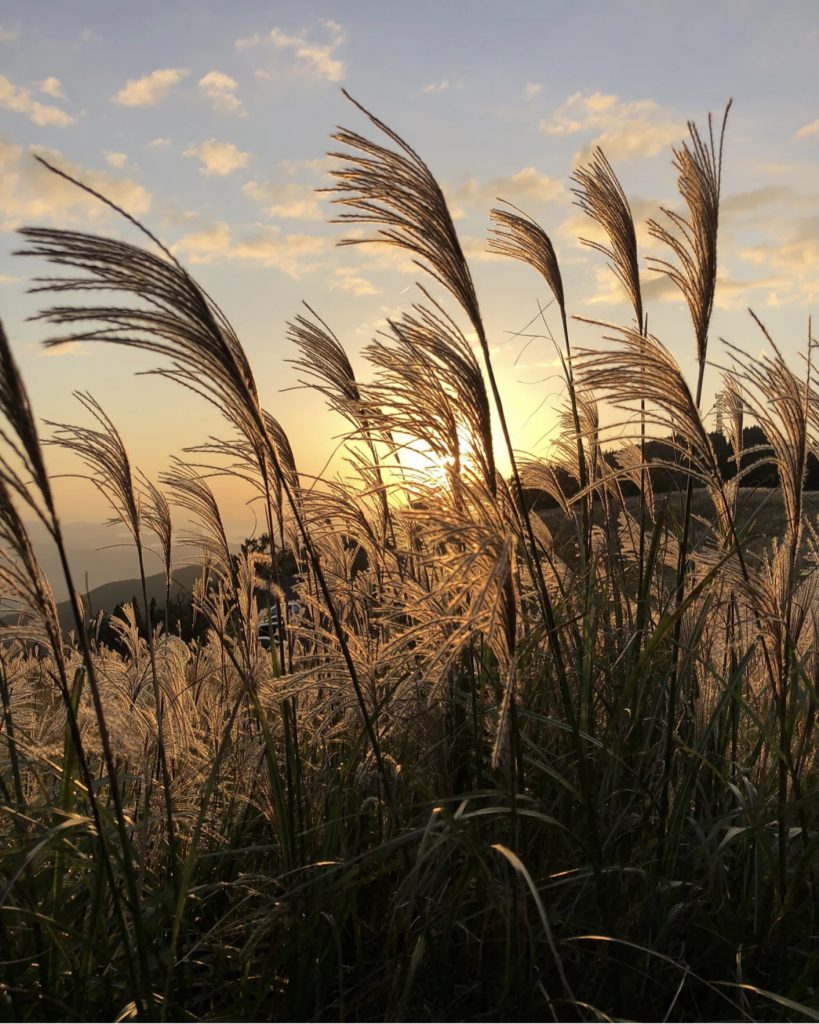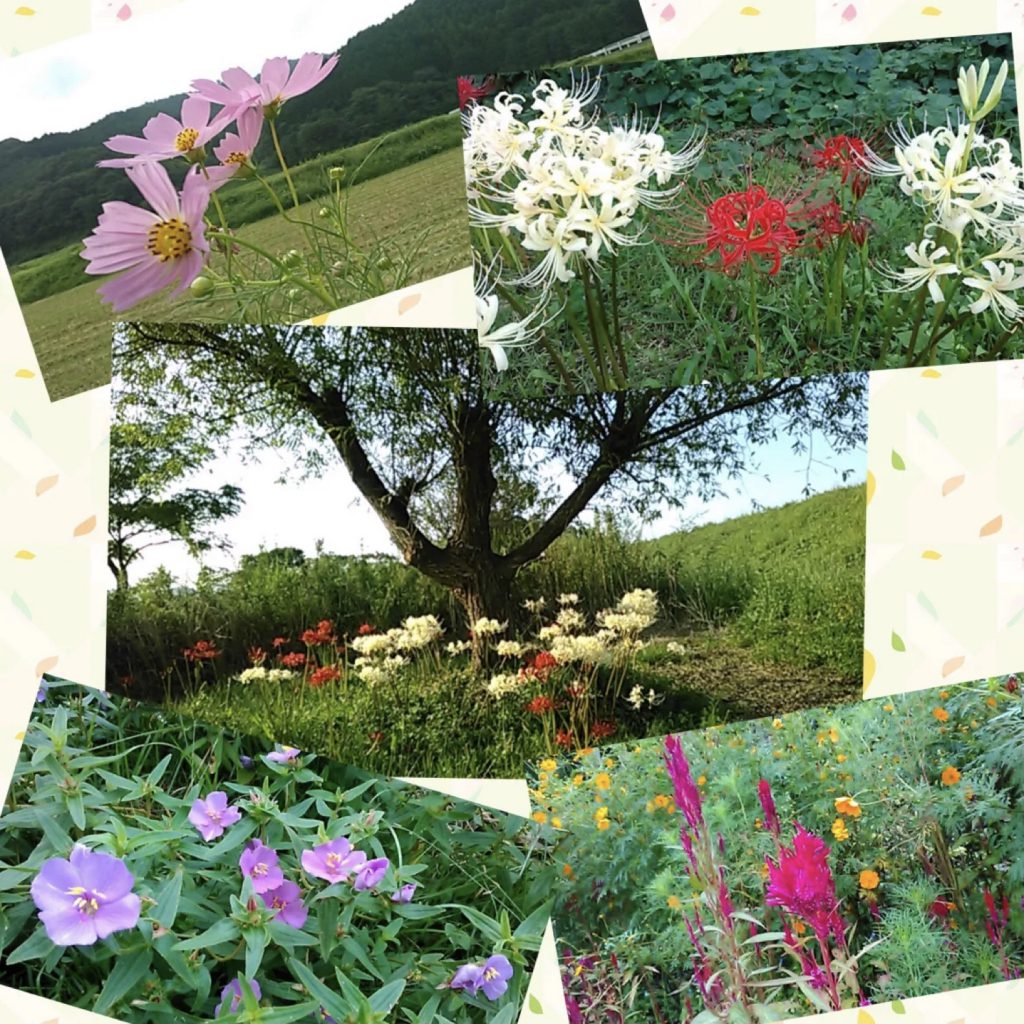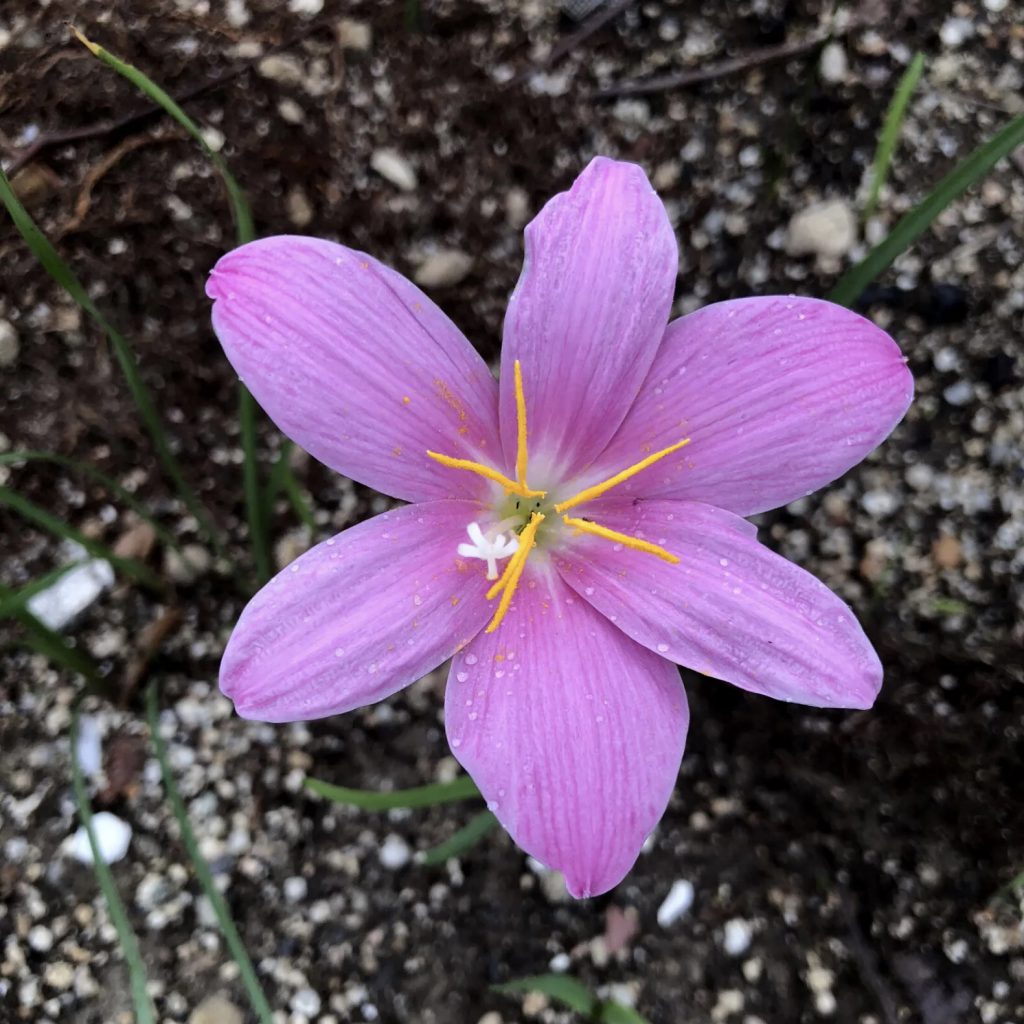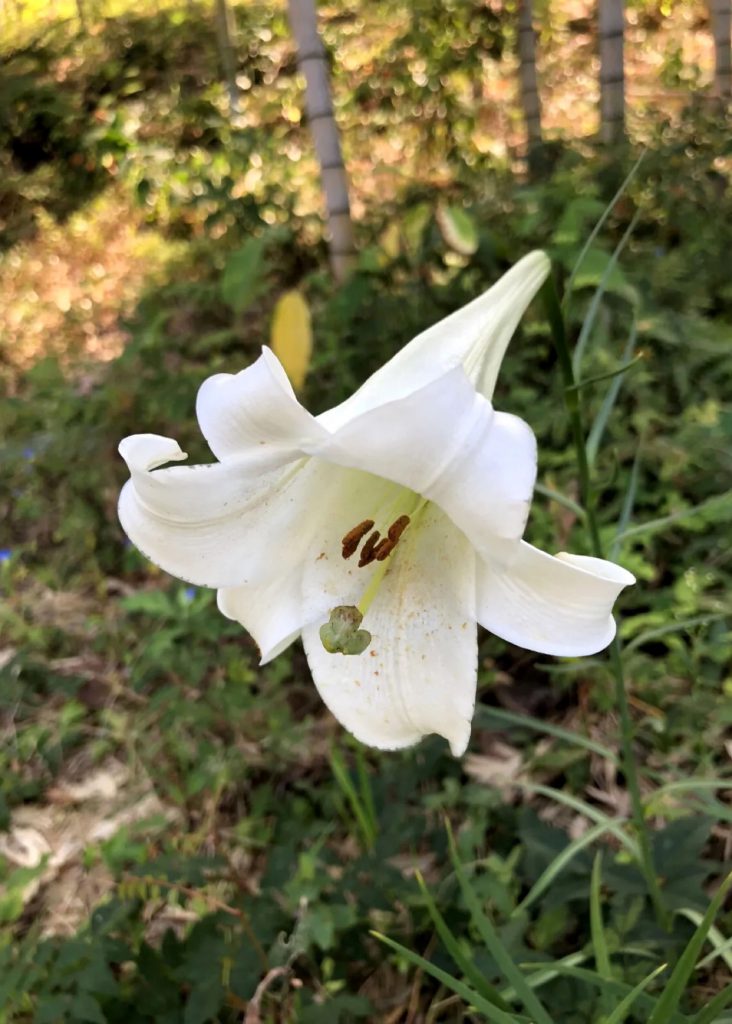
In the evening, as I walked along the nearby village road, a single lily is blooming imposingly toward the setting sun. The colored trees glow more red in the setting sun, and a slightly stronger wind adds fuel to the trees to fall the leaves, and the fallen leaves are blown up at the feet of the lily. The tense air does not allow loneliness. In the blue sky where cotton clouds float, two crows rushing to the roost are flying like being swept away by the wind. From the other side, two children riding bicycles approached, shouting something in a cheerful voice. I felt like I woke up.
夕方、近くの里道を歩いていると一輪の百合が夕日に向かって凛とした姿で咲いている。色付いた木々は夕日を浴びていっそう紅く輝き、少し強めの風が落葉(らくよう)を煽り、百合の足元にはその落ち葉が吹き溜まっている。張り詰めた空気は寂しさを許さない。綿雲が浮かぶ青空には寝ぐらに急ぐカラスが二羽、風に流されるように飛んで行く。向こうから自転車に乗った子供が二人、元気な声で何か叫びながら近づいて来た。ふっと目が覚めた思いがした。

